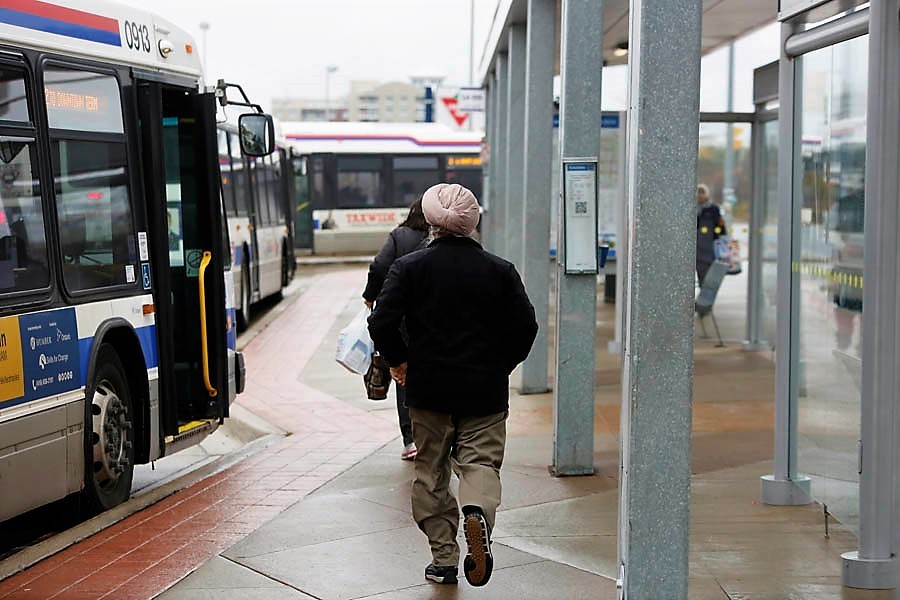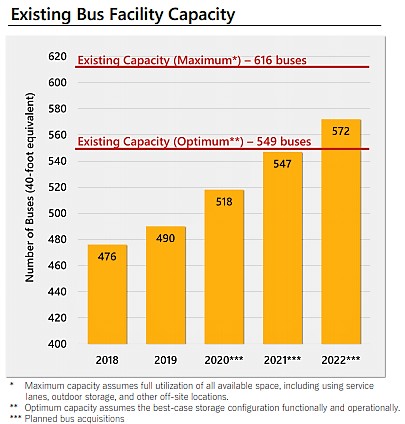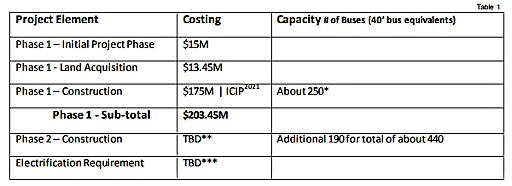
Brampton Transit’s desperate need for new infrastructure set back by mishandled funding request & recent tax freezes
At the end of February, the City of Brampton passed a budget that included no extra revenues from higher tax rates. It was the second successive year that Mayor Patrick Brown had been given his wish of a popularity-boosting tax gift to residents.
Politically, it was a win for the mayor; a victory that was perhaps not shared with the city.
When it comes to municipal budgets there are only so many tricks and tradeoffs before something has to give. A city can only provide the services it has budgeted for and running Brampton is an expensive task.
As a result of the two consecutive tax freezes, a variety of different projects were kicked down the road. Despite declaring a climate emergency in June 2019, transit was one of the areas to suffer most.
To help get plans back on schedule, staff applied for infrastructure funding through a federal program that could have helped build the storage facility. But last week, it was revealed that City employees responsible for securing the possible aid from Ottawa, mishandled the application.
It’s the latest obstacle to the expansion of transit in the city, which is experiencing explosive population growth and is bursting at the seams.

Transit in Brampton is a key to getting people out of cars, as the population booms
The initial 2020 budget proposed by staff included no additional transit hours and canned plans to hire an extra 81 drivers. While some new operators have been hired, not nearly as many as were originally planned.
Discussion during the budget process saw some eventual investment in service hours, but one key project was ignored.
A desperately needed storage and maintenance facility to handle the city’s expanding fleet of buses was pushed down the road. Brampton Transit currently has two storage and maintenance facilities for its buses and has been discussing the need to expand them for years.
As far back as 2015, the City’s Transportation Master Plan identified the need for a third and fourth storage facility to be built in Brampton by 2021 and 2028. The first was suggested for the northeast part of the city and the second for its southwest corner.
In the years after that report was brought together, ridership in Brampton shot up. In 2017 it grew by 18 percent, jumping 14 percent in 2018. While it only grew by around 2 percent in 2019, the overall demand in the years since the need for a new storage facility was identified far outstripped internal expectations and planning.
In September 2019, council elected to cancel the fourth transit facility and delay the third. The City opted instead to build one expanded facility in 2024 to accommodate all the demand that both facilities would have met.

But the 2020 budget kicked the can farther down the road. The project was originally set to see $135 million in funding in the budget, but has now been delayed until 2021.
“There’s been a little bit of tinkering because we’re looking at electric buses and how that might change it, but we expect we’re going to have a partnership with the federal government for that,” Mayor Patrick Brown explained at the time, citing his common claim that funding for a variety of city needs will come from higher levels of government.
The delay is dangerous for the city’s transit system which is already groaning under pressure.
An open house workshop for residents in Brampton late in 2019 laid the issue bare. The presentation showed the city would exceed ideal capacity at its facilities by 2022, at which point storage would become harder.
“The Transportation Master Plan identified four facilities,” Alex Milojevic, head of the city’s transit system, told The Pointer in September. “What we are doing is we are planning to build this third facility big enough to accomodate our full growth. This facility will be a large facility and it will be larger than our Sandalwood facility. We’re comfortable with being able to accommodate our full growth and avoid the cost of a fourth facility. Not only the capital cost, but more importantly the operating cost as well.”
A staff report presented to council last week shows issues with the facility now planned for 2024.
Instead of building one facility by 2024, as previously planned, the City has been forced into a two-phase process. The reality means that Brampton will essentially be building its third and fourth facilities on the same site, with details for the second phase not yet worked out.

This takes away the advantage of one large facility arriving at once, while also vanishing the geographic and fuel efficiency benefits of two facilities in different areas of the city.
It’s the worst of both worlds.
The first phase will cost $175 million and accommodate an additional 250 buses. The second phase has no cost associated with it yet, but staff hope the whole project will come in at $240 to $280 million. Exactly how the total cost has been reached is unclear, with no work or research in place for the second phase. Additional funds would be required after that to allow the system to support electric bus charging, something Brampton is set to experiment with by the end of 2020 and start of 2021.
In their report to council, staff maintain the project will be completed by its 2024 due date, but presented a reality that makes this seem unlikely.
Since Brown and his team at city hall cut $135 million for the facility from the 2020 budget, the project is essentially at a brick wall.
In order to afford the high cost of the new facility, Brampton is applying to the Investing In Canada Infrastructure Plan (ICIP) to get a helping hand. The program means the City would have to shell out 27 percent, $46.6 million, for phase one raised through external debt, the City says, while the federal and provincial governments would make up the difference.
The report presented to council on Wednesday implies that the City mishandled its application for funding and finds itself behind the eight ball.
“The City submitted an application for ICIP funding in October 2019 to the Province of Ontario. To obtain funding through the federal ICIP, The Province of Ontario (through the Ministry of Transportation) has advised City staff that a full Metrolinx business case is required to complete the ICIP funding application.” It’s unclear who was responsible for submitting the application without completing the required criteria.
“The City has commissioned the consulting services of IBI Group to complete that business case which is nearing completion, and will soon be submitted to the province for phase 1 of the new Transit Facility,” the report states.
“The funding application on behalf of the City for phase 1 of the new Transit Facility is anticipated to be submitted to the federal government by the end of Q2 2020.”
As a result, the City is keeping its investment in the project as low as possible in fear of not being funded by higher levels of government. “Project expenses incurred before ICIP approval are to be for the minimum amounts necessary to keep the project moving,” staff wrote.

This throws up questions. In particular, what will the city do if its ICIP application is rejected (it’s unclear if the delay caused by the mismanaged application will impact the City’s chances).
The federal government refusing funding would not negate the need to expand its storage facilities. It’s also unclear if the City’s decision to not raise taxes while taking the transit storage facility out of the 2020 capital budget, while hoping upper levels of government would bankroll the transit expansion, might impact the request. The City will still have to come up with its share, even if it does secure funding aid.
To compound the project's issues, a portion of the property acquired for the project is in a provincially-designated floodplain. This means the second stage of the project, impacted by this status, has no clear future construction.
“The property is within Toronto and Regional Conservation Authority (TRCA) jurisdiction which limits the current useable area to outside of the designated flood plain,” the report reads. “Due to planned future development of the surrounding properties, it is anticipated that the floodplain along with the adjacent Rainbow Creek will be realigned. This future realignment will allow for future expansion of the new Transit Facility.”
A spokesperson for the City of Brampton said the realignment was a “private sector community development initiative” currently at the pre-planning stage. As it is not necessary for phase one, it is “anticipated” it will be sorted out before phase two. No further details were offered.
Email: [email protected]
Twitter: @isaaccallan
Tel : 647 561-4879
Submit a correction about this story


